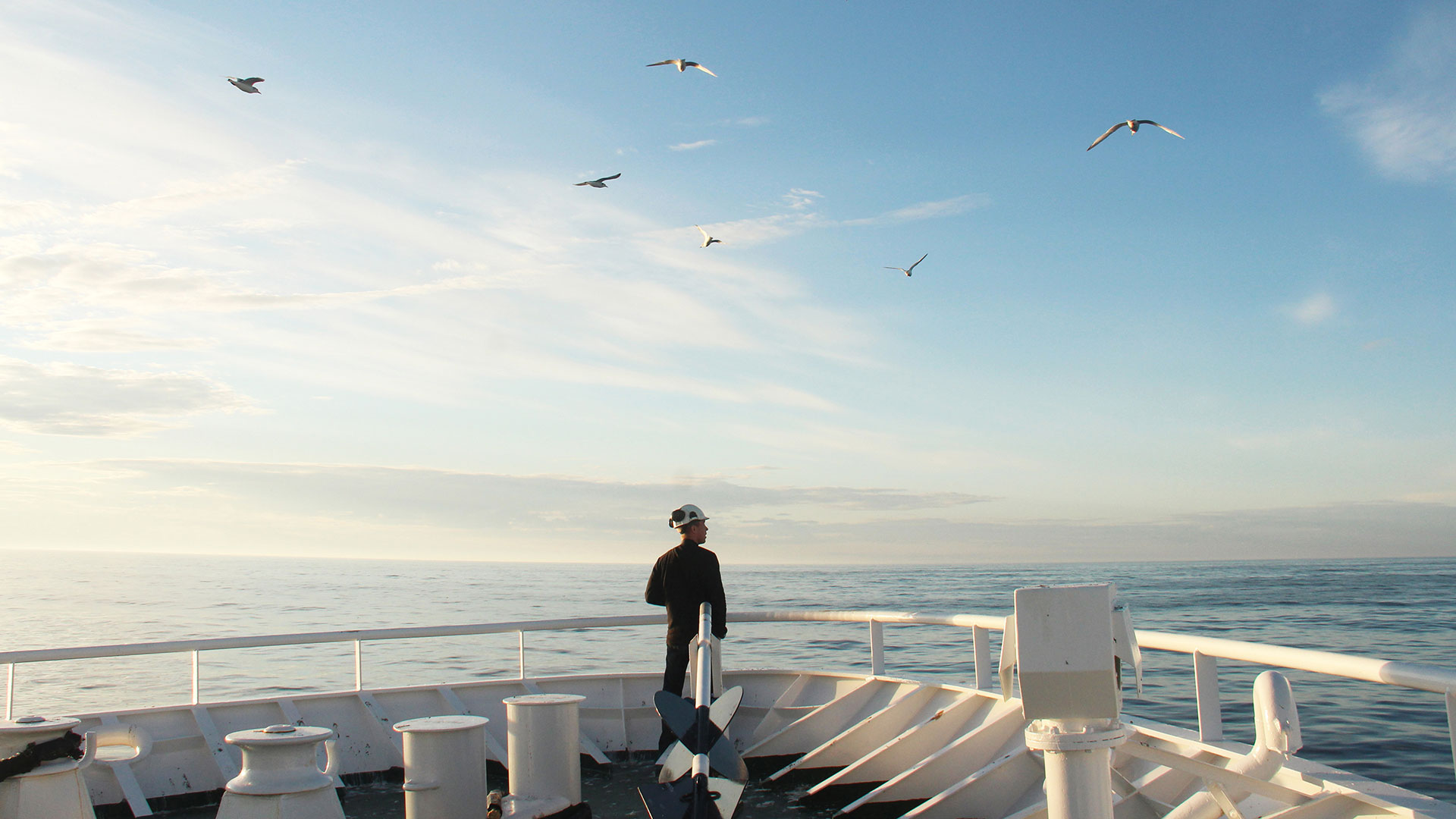Become A Seafarer: Why and How

So, you’re considering a lucrative career in seafaring. You’re not alone. In 2013, around 460,000 Filipino seafarers were deployed around the world. According to the Philippine Overseas Employment Administration,the country is one of the main sources of seafarers in global shipping and transport, making up 25 percent of mariners worldwide.
The industry is also one of the biggest contributors of dollars to the Philippine economy. In 2018, according to party-list group ACTS-OFW, Filipino seafarers sent home around $6.14 billion or 19 percent of all remittances of Overseas Filipino Workers (OFWs) for the year.
If you’re not yet convinced, here are more reasons to join the industry:
– Take advantage of the many career opportunities. Landing a spot on a vessel doesn’t only pay well, if you have the determination, it promises a career with increasing responsibility and promotions. Going up the ranks in this international industry will also help you gain a healthy working experience if you decide to pursue other careers within the country or elsewhere.
– Get a chance to travel. Granted that modern ships tend to spend less time in ports, a seafaring career still offers a chance to travel globally in a way that few other jobs can.
– Enjoy your long holidays. Although seafarers are away from home for months at a time, they also spend generous amounts of time at home during their leave.
Now that you know how popular, profitable, and promising seafaring is, your next question is probably where you can sign up. Here are the steps to start your seafaring career:
– Take the Basic Seaman Training (BST). The first industry requirement is the STCW95 certification. You earn this by learning various survival and safety techniques taught in the BST.
– Get your Seafarer’s Identification and Record Book (SIRB) or Seaman’s Book. This book keeps your personal information and logs your service at sea. You will need to set an appointment using the Maritime Industry Authority (MARINA) website. Make sure to prepare the required documents before your appointed date.
– Prepare your passport. This is a standard requirement since you will be traveling to different countries. If you don’t have one yet, access the Department of Foreign Affairs website and set an appointment.
– Find an employer. There are many excellent ship crew management services in thePhilippines. They can help match you with your ideal vessel.
– Once you’re hired, congratulations! Now you will need to register with the Philippine Overseas Employment Administration (POEA) to get your Seafarers’ Registration Certificate. Bring your employment contract and the previously mentioned documents.
Here are some additional tips to get ahead:
– Take your seafaring to the next level by earning your bachelor’s degree either in Marine Transportation or in Marine Engineering. Finishing any of these gives you a better chance of getting promoted. Find out which institutions are accredited by MARINA.
– Having a US Visa gives you an advantage with many agencies. It makes your portfolio more attractive and increases your chances of landing that job.
– A recommendation from someone who works in the industry also helps your application attract attention.
Seafaring is one of the most promising and rewarding careers in the Philippines. Learning more about the industry will help your decision and preparation. Good luck, sailor!